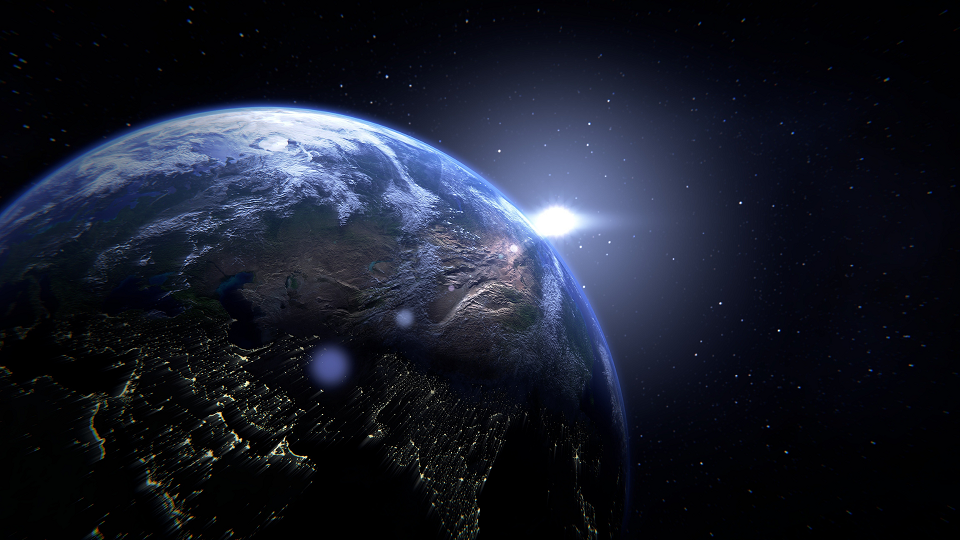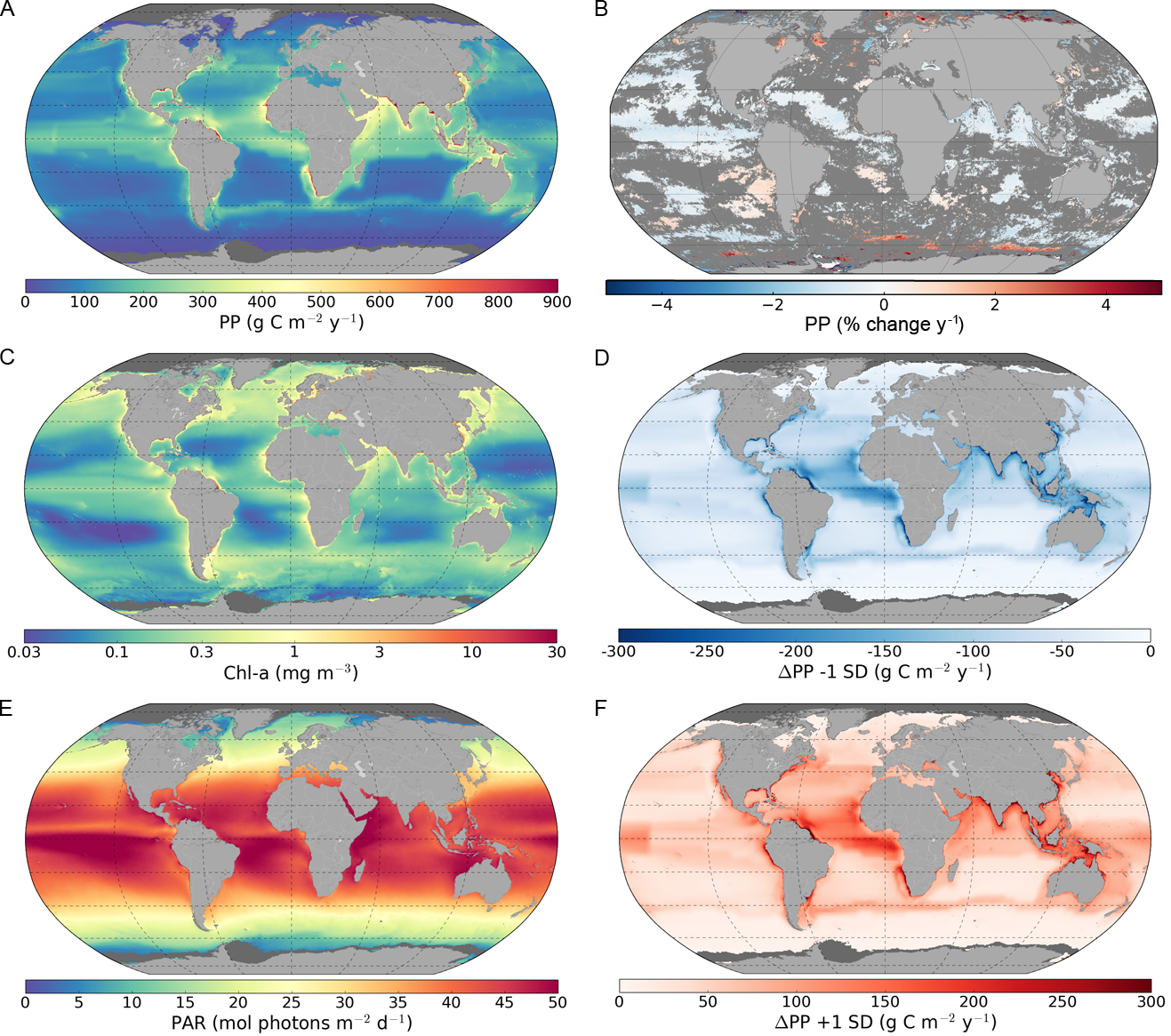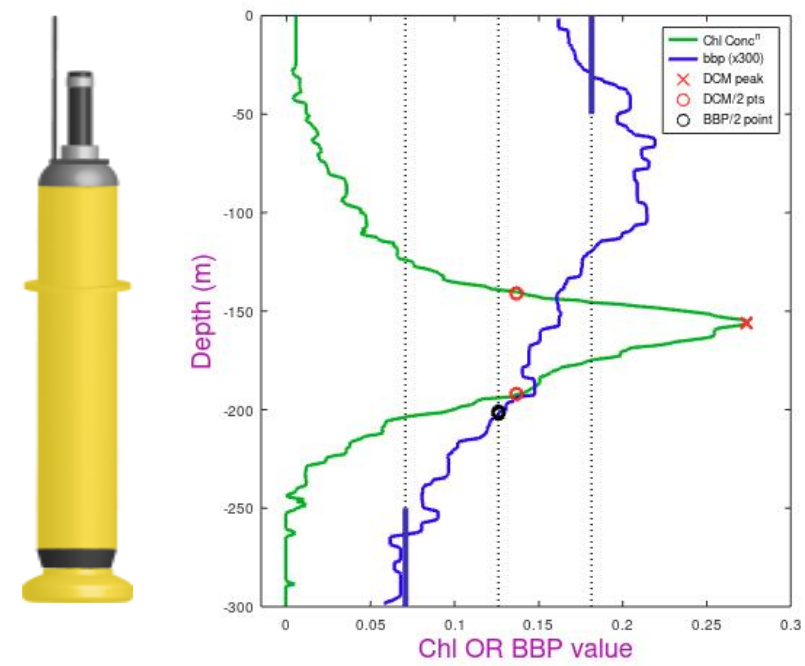
News and Media
Monitoring Ocean Carbon Pools and Fluxes

The ocean is estimated to absorb around 25% of the CO2 produced by human activities. Yet, how much carbon stays in surface waters and how much is transported into the deep ocean remains unclear. This is important to understand as carbon that sinks to the deep ocean, in other words carbon that is “sequestered”, will not contribute to atmospheric warming for many centuries, and therefore acts as a mitigation measure for a proportion of the CO2 released into the atmosphere.

Our staff at Plymouth Marine Laboratory (PML) specialise in the observation of the biological carbon pump, which transfers organic carbon from the surface to the deep ocean. One aspect of the biological carbon pump that is readily observed by satellites is the presence of phytoplankton in the ocean. Phytoplankton are marine micro-organisms that photosynthesise like plants on land, and thereby contribute considerably to the global uptake of CO2 and production of organic carbon in the ocean. Radiance measurements by ocean colour satellites enable us to infer phytoplankton biomass in surface waters, through their main photosynthesis pigment, chlorophyll-a.
Ocean colour observations can also be used to derive other components of the biological carbon pump, including the flux of carbon into phytoplankton through photosynthesis, i.e. primary production. Both phytoplankton biomass, as well as observations of the available light from satellites are used to model phytoplankton primary production at the global scale. Using a long-term record of ocean colour observations (since 1997), we can start to understand changes in the distribution of phytoplankton as well as their production of carbon.

Figure 1. Maps of A) global annual primary production (PP) for the period of 1998–2018 and B) linear trends in global annual primary production for the same period, given as percentage change per year with dark grey colour representing non-significant trends. Figure from Kulk et al. (2020)
Sensors on Biogeochemical (BGC) Argo floats also provide vertical profiles of chlorophyll-a and particle scattering, confirming that in many oceanic regions there is a peak in phytoplankton biomass at depth, where there is a balance between the need for sunlight for photosynthesis and for nutrients that have been exhausted from the surface waters. The backscatter measurements provide a summary of both living plankton and of fragments and decay products that are potentially sinking to a deeper depth. Although satellites cannot directly sense what is happening in these deeper waters, they can record the sea surface height and temperature information that indicate eddy and convection processes that may be controlling the vertical distribution of phytoplankton. PML is developing a Machine-Learning approach to estimating these sub-surface carbon profiles from knowledge of the regional physics plus satellite observations of the surface conditions.

Projects
Biological Pump and Carbon Exchange Processes (BICEP).
Tools
We use data from ESA’s Ocean Colour Climate Change Initiative (OC-CCI), which is a merged, bias-corrected, climate-quality dataset of ocean colour observations since 1997. We also use freely available BGC-Argo profiler data.
Contact
For further information contact Shubha Sathyendranath at Plymouth Marine Laboratory.
Latest News and Events





